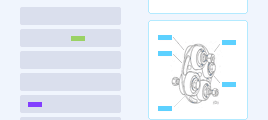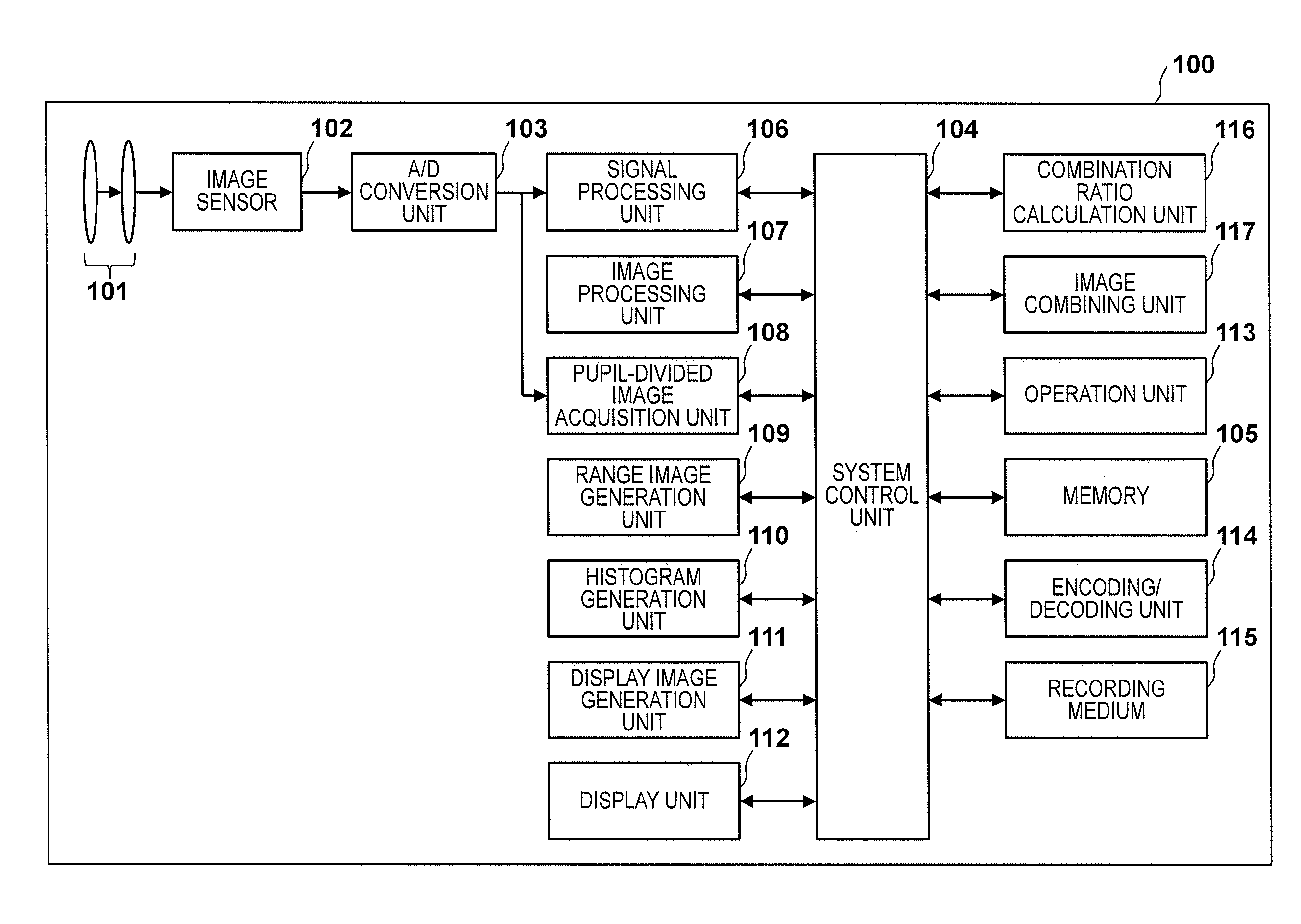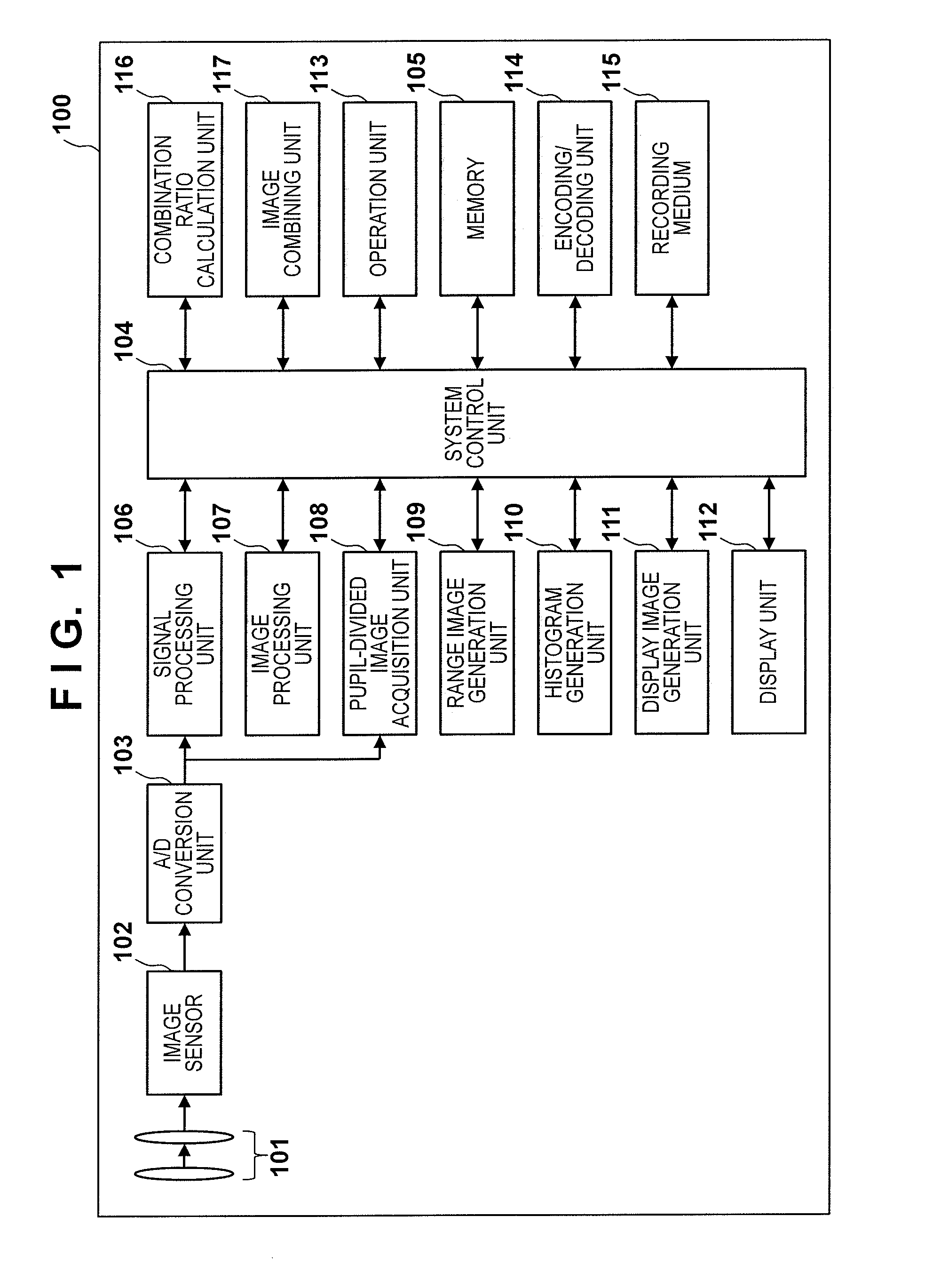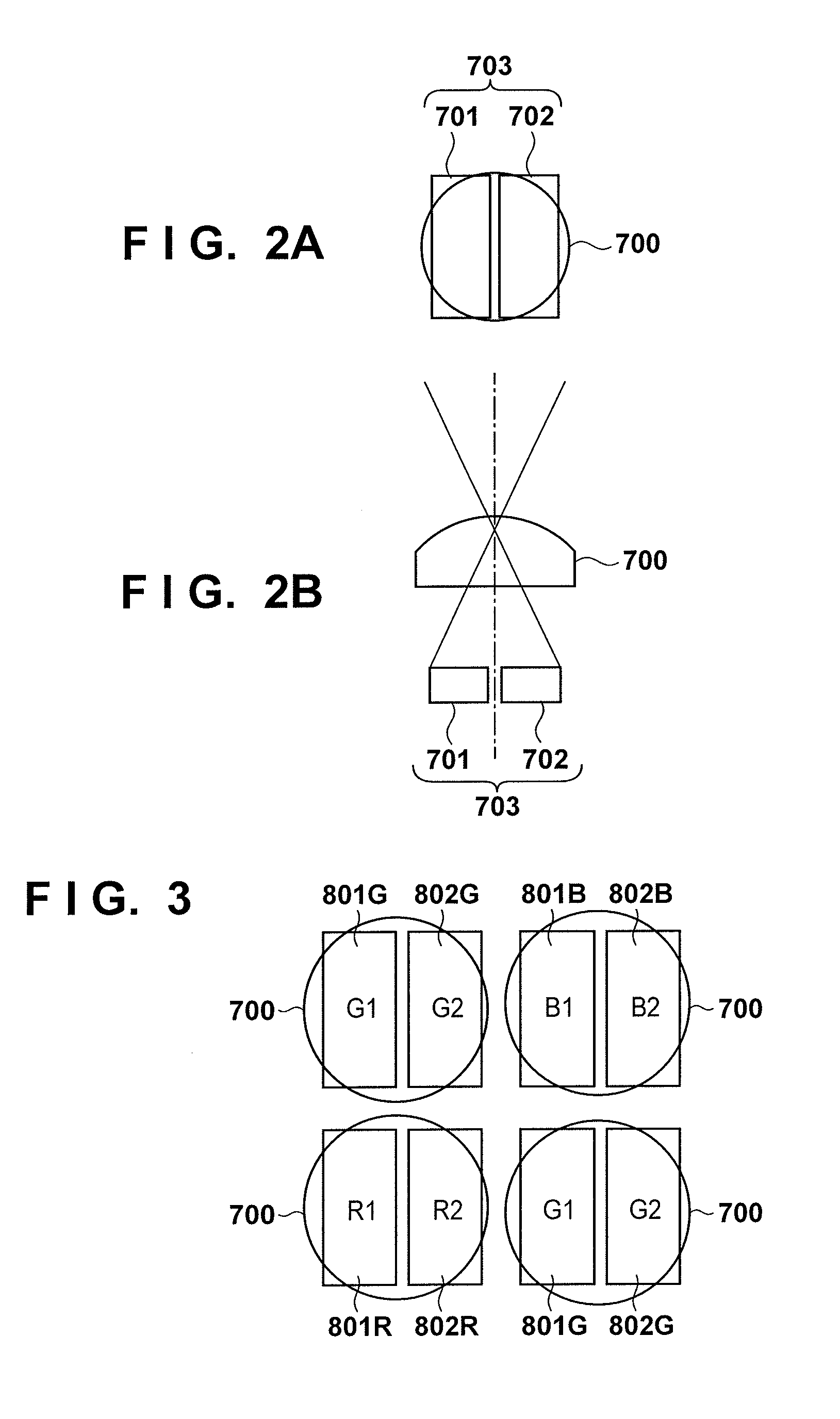Image capture apparatus and control method thereof
- Summary
- Abstract
- Description
- Claims
- Application Information
AI Technical Summary
Benefits of technology
Problems solved by technology
Method used
Image
Examples
first embodiment
[0033]First, the configuration and overall processing operations of an image capture apparatus according to a first embodiment of the present invention will be described, with reference to FIGS. 1 to 5B.
[0034]FIG. 1 is a block diagram schematically showing an exemplary functional configuration of a digital camera serving as an exemplary image capture apparatus according to the first embodiment of the present invention.
[0035]A digital camera 100 may be either a digital still camera or a digital video camera, but is assumed to be a digital still camera in the present embodiment. An image capture optical system 101 is constituted by a group of lenses (hereinafter, “image capture lenses”) including a zoom lens and a focusing lens, and an aperture.
[0036]An image sensor 102 is a CCD image sensor or a CMOS image sensor, for example. The image sensor 102 generates image signals (electrical signals) by photoelectrically converting a subject image formed by the image capture lenses of the ima...
second embodiment
[0107]Next, a second embodiment will be described. The present embodiment differs from the first embodiment in that a subject of interest is detected from a captured image, and priority is given to the focus distance of the subject of interest when capturing a plurality of images. Hereinafter, the present embodiment will be described focusing on the differences from the first embodiment.
[0108]In a digital camera of the present embodiment, the image processing unit 107 has a function of detecting a subject of interest. This detection function may be a function for detecting an image pattern such as a person or a face from a captured image that has undergone signal processing and image processing, or may be a function for detecting an area in which there is large amount of movement or change through comparison with captured images that were captured at different times. Note that a functional block for detecting a subject of interest may be provided separately to the image processing u...
third embodiment
[0115]Next, a third embodiment will be described. The present embodiment differs from the second embodiment in that a distance histogram is generated after having detected a subject of interest from captured images and weighted the area of the detected subject of interest. Hereinafter, description will be given focusing on the differences from the second embodiment.
[0116]The method of determining the focus distance at the time of capturing a plurality of images for generating a combined image having an expanded depth of field according to the present embodiment will be described, with reference to FIGS. 14 to 15B.
[0117]FIG. 14 shows an exemplary captured image that was captured during electronic viewfinder display operation.
[0118]A captured image 1211 is captured at a focus distance of 8 m, and, in contrast to the captured image 711 at a focus distance of 8 m in the first embodiment shown in FIG. 7, there are other persons 604, 605, 607 and 608 around the person 601. These persons 6...
PUM
 Login to View More
Login to View More Abstract
Description
Claims
Application Information
 Login to View More
Login to View More - R&D
- Intellectual Property
- Life Sciences
- Materials
- Tech Scout
- Unparalleled Data Quality
- Higher Quality Content
- 60% Fewer Hallucinations
Browse by: Latest US Patents, China's latest patents, Technical Efficacy Thesaurus, Application Domain, Technology Topic, Popular Technical Reports.
© 2025 PatSnap. All rights reserved.Legal|Privacy policy|Modern Slavery Act Transparency Statement|Sitemap|About US| Contact US: help@patsnap.com



